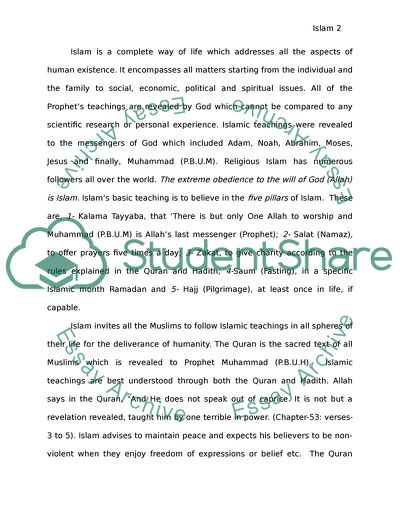Cite this document
(“Islam: Teachings, Interpretation and Practice Essay”, n.d.)
Islam: Teachings, Interpretation and Practice Essay. Retrieved from https://studentshare.org/social-science/1556280-see-below-it-is-to-be-a-research-paper
Islam: Teachings, Interpretation and Practice Essay. Retrieved from https://studentshare.org/social-science/1556280-see-below-it-is-to-be-a-research-paper
(Islam: Teachings, Interpretation and Practice Essay)
Islam: Teachings, Interpretation and Practice Essay. https://studentshare.org/social-science/1556280-see-below-it-is-to-be-a-research-paper.
Islam: Teachings, Interpretation and Practice Essay. https://studentshare.org/social-science/1556280-see-below-it-is-to-be-a-research-paper.
“Islam: Teachings, Interpretation and Practice Essay”, n.d. https://studentshare.org/social-science/1556280-see-below-it-is-to-be-a-research-paper.


